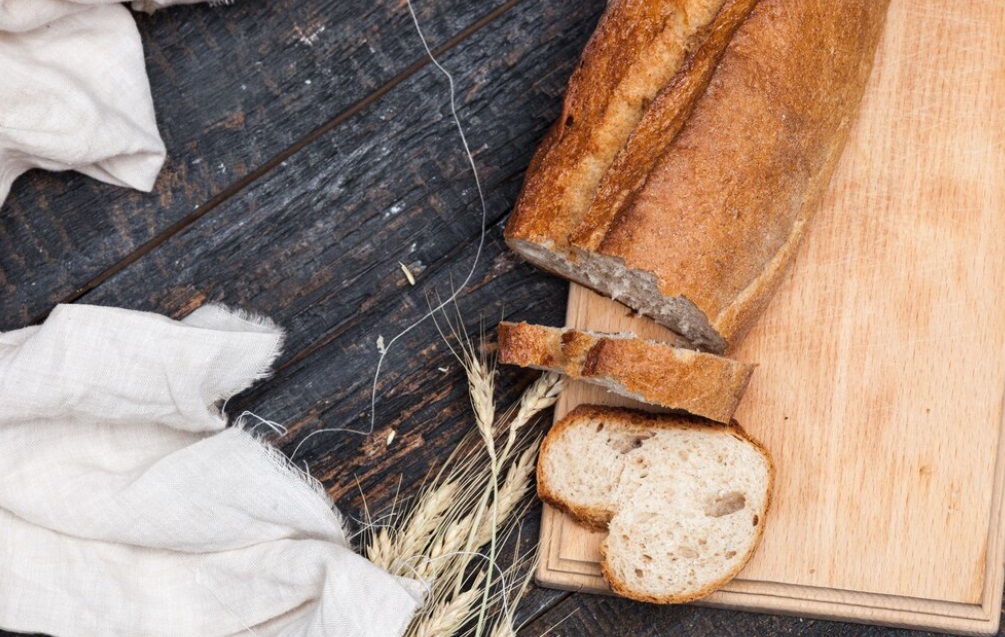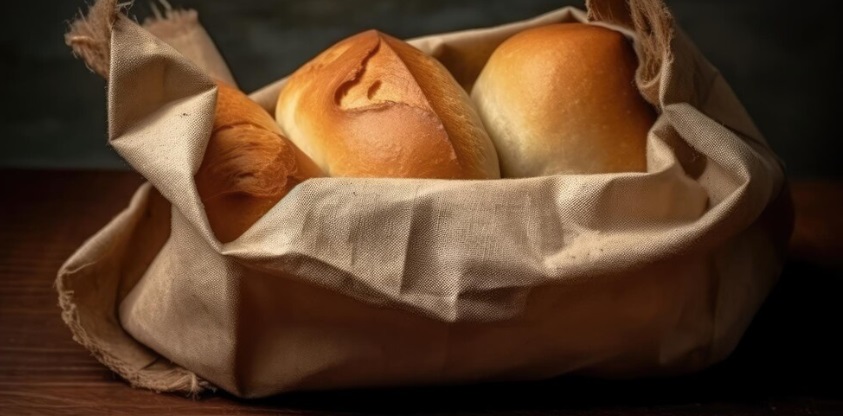Bread making business without big investment offers a profitable opportunity for aspiring entrepreneurs who are interested in entering the food industry.
This business involves various types of bread production, from traditional loaves to specialty items such as artisanal breads or gluten-free options, depending on market demand. Start-up costs for basic equipment such as ovens, mixers, and packaging supplies are low.

So individuals can operate small operations from home kitchens or general establishments. Production costs can be kept low by using inexpensive ingredients such as flour, yeast, and flavorings, while maintaining quality.
Table of Contents
This business model offers flexibility in product offerings, as well as the ability to take into account local preferences, allowing one to follow a specific market or establish a neighborhood staple.
Step 1: Setting the Foundation with a High-Quality Bread Making Machine
Starting a bread business can be a sensible idea if you approach it from a strategic perspective. To get started, you will need to invest in a bread-making machine, which is available on platforms like Amazon. This machine will enable you to produce fresh, high-quality bread at home.
The key to success lies in providing customers with pure and fresh bread, valuing its quality and nutritional value. By ensuring sensitivity in taste and texture, you can build trust and attract a loyal customer base. Effective marketing through social media and local communications can spread awareness about your product.

Highlighting the homemade aspect and using natural ingredients can set your bread apart from mass-produced alternatives. Establishing stable distribution channels and providing excellent customer service are important steps towards business growth.
With dedication and attention to detail, a homemade bread business can be successful in meeting the demand for healthier, artisanal food options in the market.
STEP 2. Acquire top quality raw materials as quickly as possible
Starting a bread business requires careful planning, especially when it comes to sourcing, which is crucial to producing high-quality products and helping to maintain profits while remaining profitable. One effective strategy is to purchase ingredients in bulk from local wholesale markets.
Buying in bulk allows you to take advantage of a reduction in cost per unit, which can significantly reduce your overall expenses. This benefit directly results in more profitable margins for your business.

Additionally, wholesale suppliers typically offer a wide choice of different types of ingredients, giving you access to everything you need without compromising on quality.
By establishing strong relationships with reliable wholesale suppliers, you can also benefit from consistency in pricing and availability, which is crucial for maintaining regular production flow and meeting customer demand.
Overall, making proper use of bulk purchasing of ingredients can help you manage expenses as well as increase your ability to effectively establish and expand your bread business.
Step 3. Labeling: Give your bread height with special packaging designs
Packaging not only serves to keep your product in the market; it is a powerful tool to replace your bread. When you print your company’s name and design on your bread’s packaging, you turn it into a mapped brand. This branding effort is not just for identity; it creates a visual sensation that customers can associate with quality and reliability.

Well-designed packaging communicates professionalism and detail, which can impact customer trust and product experience. Additionally, distinctive packaging makes your bread stand out on store shelves or in delivery boxes, drawing the eye of potential customers and making them choose your product over others.
It’s not just about aesthetics; effective packaging also provides information about your bread, such as ingredients, nutritional value, and any special selling points, which influences the purchasing decision.
Therefore, investing in a well-thought-out and attractive packaging design is crucial to building a strong brand presence in the market and establishing replaceable loyalty.
Step 4: Effective Strategies to Sell Your Bread
The biggest challenge in effectively selling your roti in the market is the marketing. You can sell it in your local market and make it available in nearby shops. Roti usually sells between Rs 20 and Rs 40 in the market, but you can attract a good number of customers by selling your roti for Rs 15, 25, or 35.
This type of pricing helps make customers budget-conscious and makes them understand the feasibility of your product. This pricing not only attracts the first sale, but also gives you a chance to demonstrate the quality and value of your roti through it.

Building relationships with local vendors and understanding their customer preferences can also help establish your product effectively. Additionally, promotional presentations, providing samples, or selling your roti with combined products can also increase the outlook and attract new customers.
By focusing on strategic pricing and taking advantage of local market information, you can effectively promote and sell your bread, maintaining a strong brand presence in the market and establishing lasting credibility.
STEP 5. Investment: Starting a Roti Business on a Budget
Many people have the desire to start a business, but many times people avoid starting it because they think that it requires a lot of money.
However, starting a roti business usually costs around ₹15,000 to ₹20,000. This includes the cost of the roti making machine, packaging material, and initial raw materials, which can range between ₹15,000 to ₹20,000.

The main investment part goes into buying a reliable roti making machine, which is necessary to produce competent and high-quality rotis.
The cost may vary depending on the model and capacity of the machine, but it is generally within a fixed limit. Also, it is important to finance the packaging material so that your roti can be displayed attractively on the shop shelves or can be appreciated by the customers at the time of delivery.
The entrepreneur’s desire to fulfill this will require the initial investment of raw materials as well as proper organization and entry into the local market.
Such investment not only reduces financial risk, but also provides the possibility of expanding the business over time as product preference and customer preferences change.
Therefore, with careful budgeting and making sensible investment decisions, starting a roti business can be a viable and inexpensive business endeavor.

